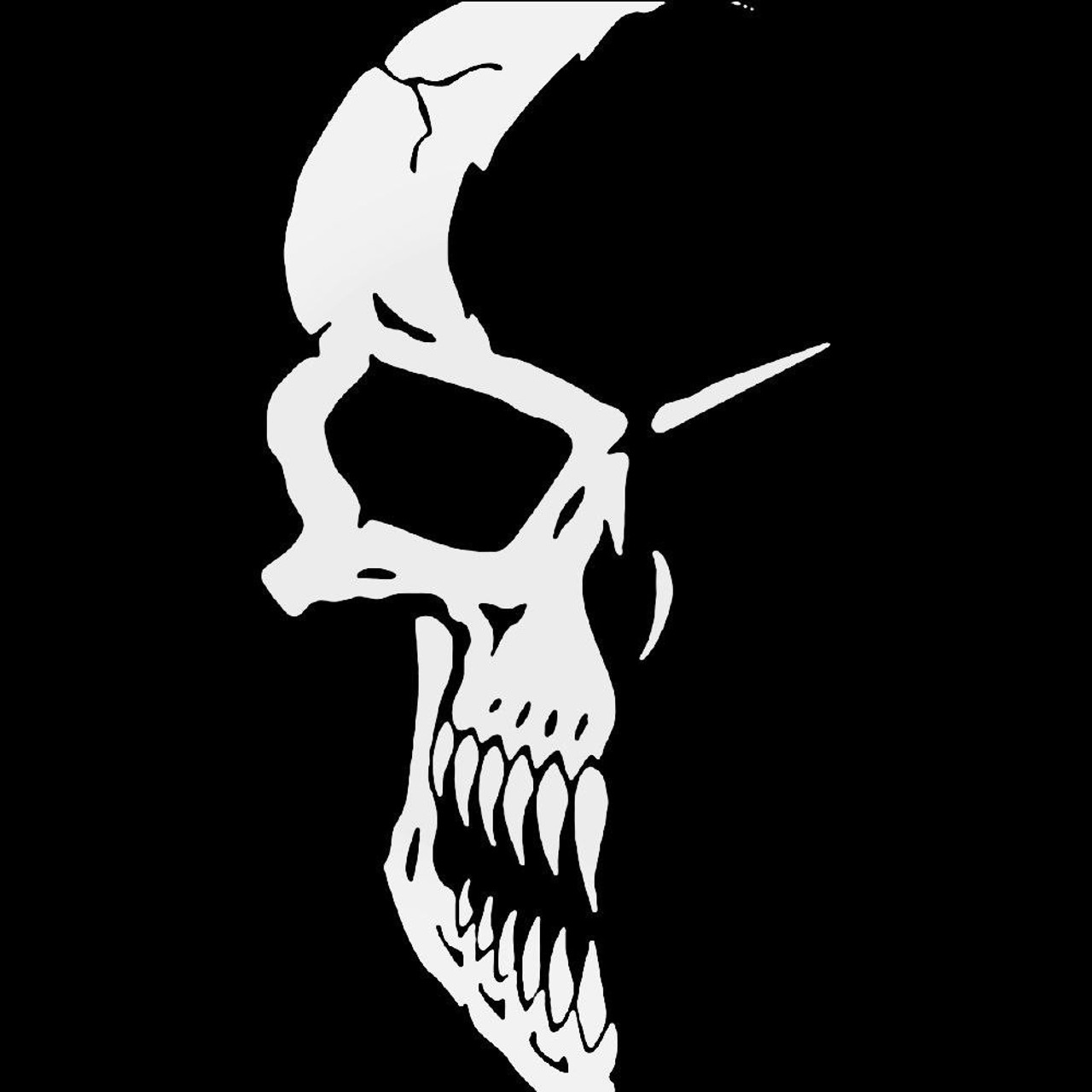

SUPERCAL DECAL CRACKED
Over the years the wood sealer had cracked and the model needed a new paint job. Some modelers may recognize this model as the one I had in a medium green and light gray camouflage finish.

The fuselage was made from balsa wood which took a lot of filler to obtain a smooth finish. The canard and vertical stabilizer are also made from plastic. The L-133 is nearly the same wingspan as the P-38 and I could have used a set of wing from a kit, but I decided to use styrene sheet because it would have taken as long to convert a set of wings as it would to scratch build one. Most drawings show it as being very narrow which would resulted in the full-size aircraft having little room for the pilot and poor visibility, I made this area just as big as the P-38’s. One area on the model that differs from available information is that I made the cockpit wider. One reason that the P-80 was able to be constructed and flown so quickly was because the engineers could draw from their previous work on the L-133.Īfter creating working drawings and reducing them to 1/72 scale I began making the model. If one notices, it has the same wing outline as the P-80 Shooting Star Lockheed did build a few years later. When I realized this dusty relic’s important position in the early history of jet aircraft, I was inspired to learn more about the engine and aircraft, which resulted in a model.Īlthough the L-133 aircraft was not built does not mean it never contributed to the wealth of aeronautical information. Back in 1993 while I was wandering around a hanger I came across what appeared to be a large waffle wrapped around a sewer pipe under and behind another display. The engine finally came to rest in a corner of Chino's Planes of Fame museum in California. It turned out to be a handful for Menasco and the XJ-37 as it was now called wound up at Wright Aeronautical Corp. to continue with it so it could concentrate on other projects. Construction was started during the war, but Lockheed gave up on its development testing and permitted the Menasco Engine Manufacturing Co. It was one of the most powerful and efficient engines of its time. While the L-133 aircraft was never built, the L-1000 engine was. of engineering, only gave the go ahead for this project because he felt that his company would be alone with this 600 mph class of aircraft. knew about the progress of other turbine engines and was trying to control the overall development of this type of engine in the US.

Lockheed was unaware at the time that the Air Corp. At this time period and because of their lack of experience, the American military planners were still thinking that defending aircraft would be fighting incoming bombers at 10,000 feet and need not to go much faster than 400 mph. It told Lockheed to stop wasting time and to build more P-38 Lightings. Besides it speed other unique concepts were boundary-layer control and reaction thrust roll control. Armament was planned to be four 20 mm cannons concentrated in the nose. The L-133 was to be a canard single seater aircraft powered by two of the L-1000 axial-flow engine. It described a Mach 0.94 aircraft capable of flying at 50,000 ft. Finally a formal proposal was made to the Army Air Corp in February 1942. More people were added to the job of working out the details of this engine and of course an airframe to put it in. He continued to develop the concept that eventually led to a gas-turbine jet-propulsion engine. The company wanted to build a fighter that had such an advantage in speed and altitude that nothing made by any other country could touch.Īmong their many talented engineers was Nathan Price, a designer that developed a steam turbine driving a propeller that powered and flew a Travelair Biplane in 1933 before he started working at Lockheed. Towards the end of 1940, the Lockheed Aircraft Company believed that a radical new approach was required to produce a fundamentally different aircraft.


 0 kommentar(er)
0 kommentar(er)
